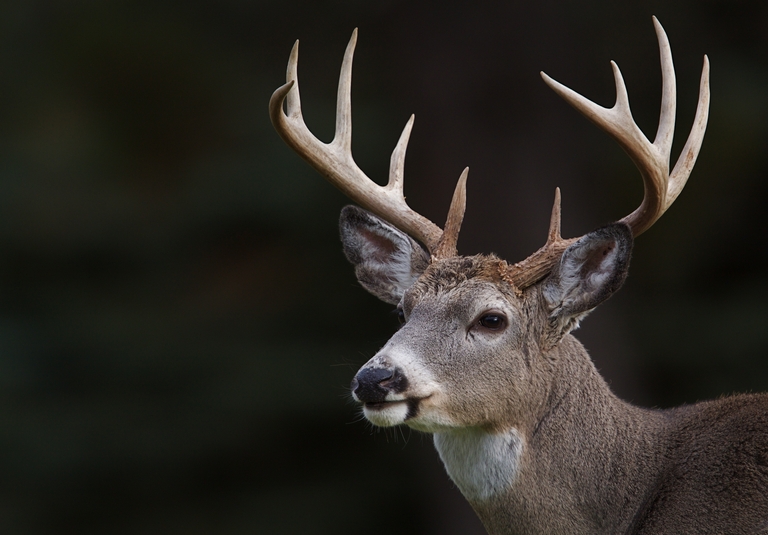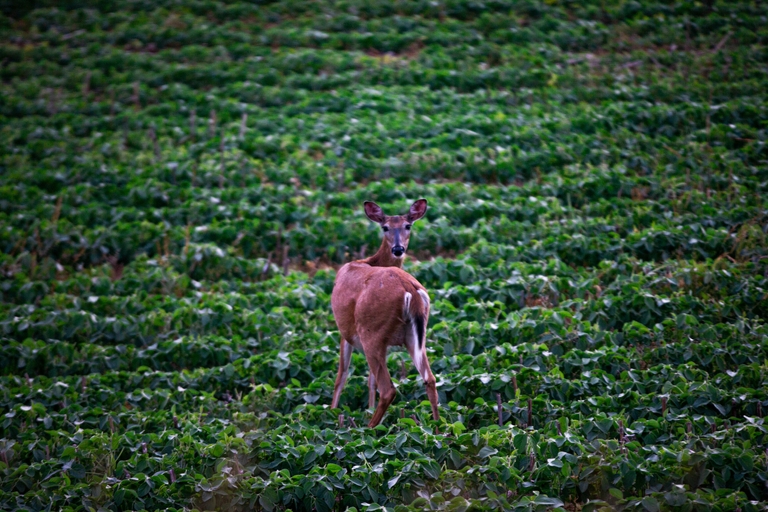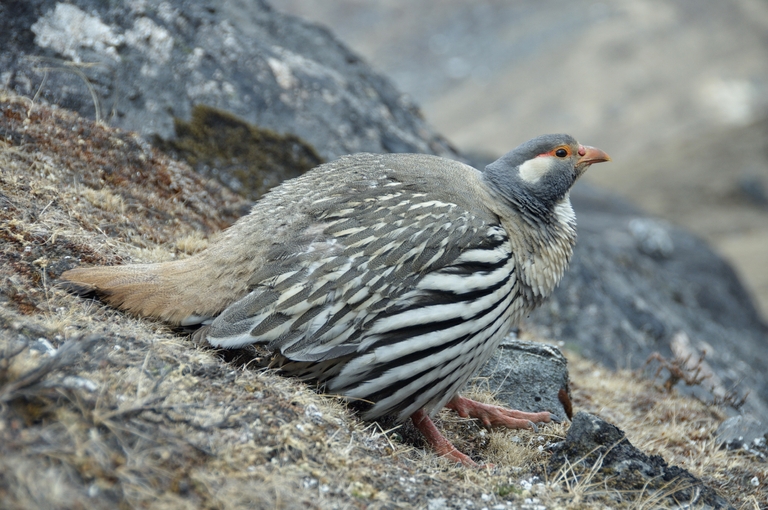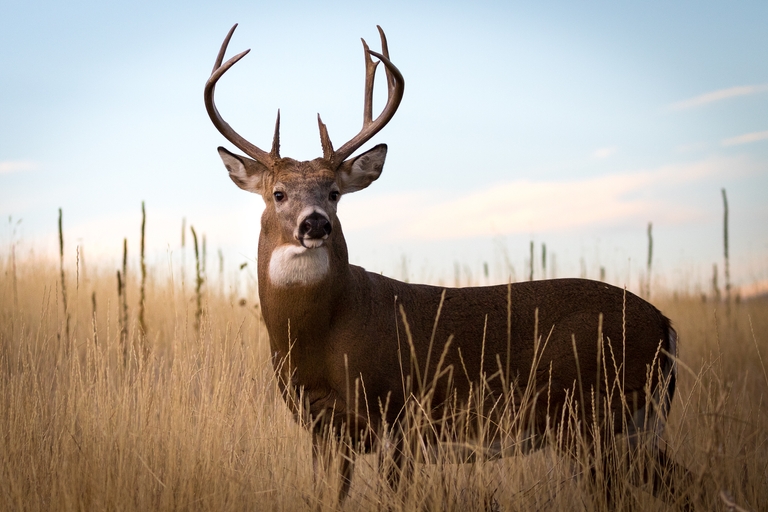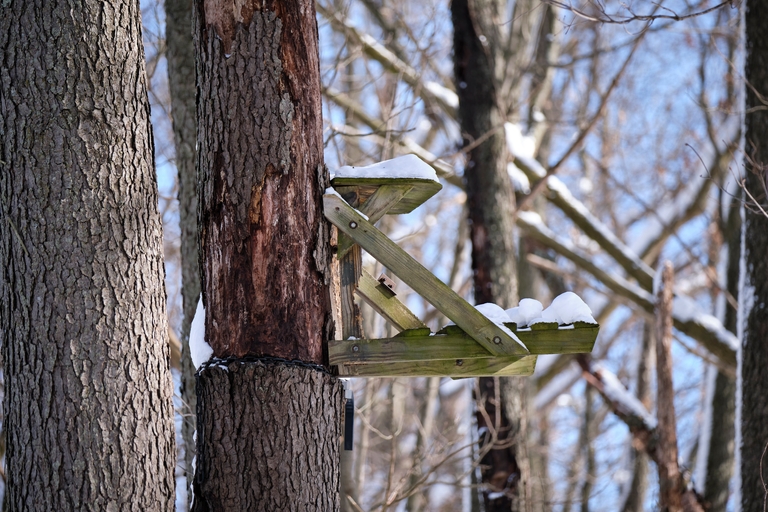Hunting Basics: How to Get Ready for Mallard Duck Hunting
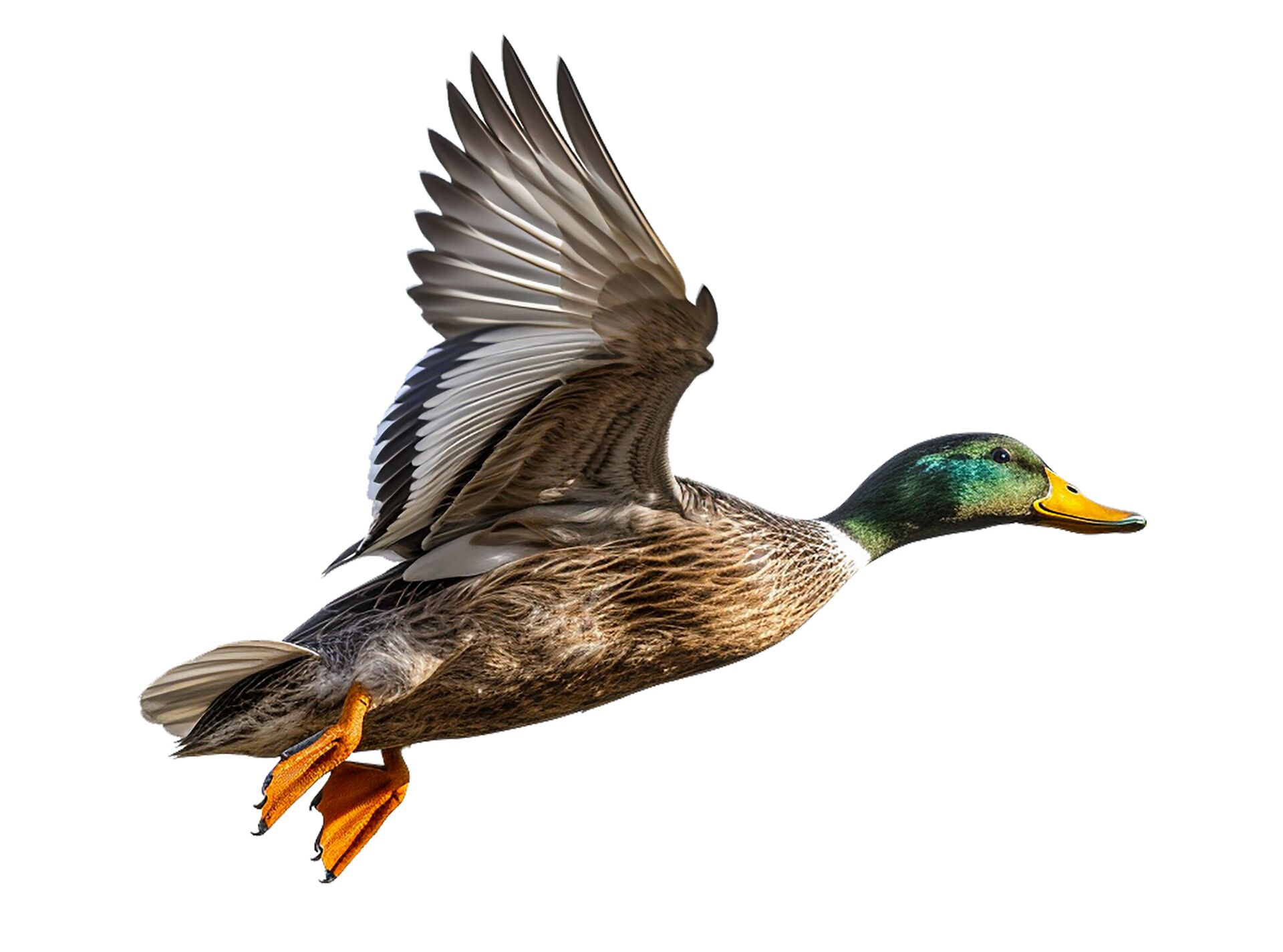
Duck hunting offers an exhilarating mix of strategy and skill. The mallard duck is a common target for hunters due to its widespread presence and distinctive markings. Whether you're new to mallard duck hunting or a veteran waterfowler, thorough preparation is needed.
This guide focuses on North America's most commonly targeted waterfowl and what you need to target them. From understanding the mallard duck to ensuring you have the right gear and licenses — you'll be ready to make the most of your hunting experience.

Understanding the Mallard Duck
Mallard ducks are the most recognizable and commonly hunted waterfowl across North America. However, here are a few characteristics that can help you be sure you're aiming for a mallard.
Species Overview
Males are known for their vibrant green heads, white neck rings, and chestnut-brown plumage, while females sport more muted brown tones. Their adaptability means they live almost anywhere, including wetlands, ponds, rivers, and even urban parks.
Migration Patterns
These birds follow predictable routes, often migrating south during colder months and returning north in the spring. Timing your hunt with these migrations will improve your chances.
Keep an eye on local reports and historical migration maps to stay informed about peak times in your area.
Identification
Distinguished by their characteristic quack, mallards range throughout North America. The male's iridescent green head is readily identifiable, and both sexes have blue wing patches bordered by white.
Proper identification ensures you're hunting within legal limits and targeting the correct species.

Licensing and Regulations
Before mallard duck hunting, make sure you have the appropriate licenses and know the laws.
Hunting Licenses
Typically, you'll need a hunting license, a state waterfowl stamp, and a federal duck stamp. These permits support conservation efforts and allow you to participate in waterfowl hunting legally.
Check Season Dates and Limits
Seasons and limits for mallards vary by location. Review the regulations in your hunting area so you don't run "afowl" of the law.
Bag limits restrict the number of mallards you can take to help maintain healthy populations. Always double-check the rules before your hunt to preserve the sport for future generations.
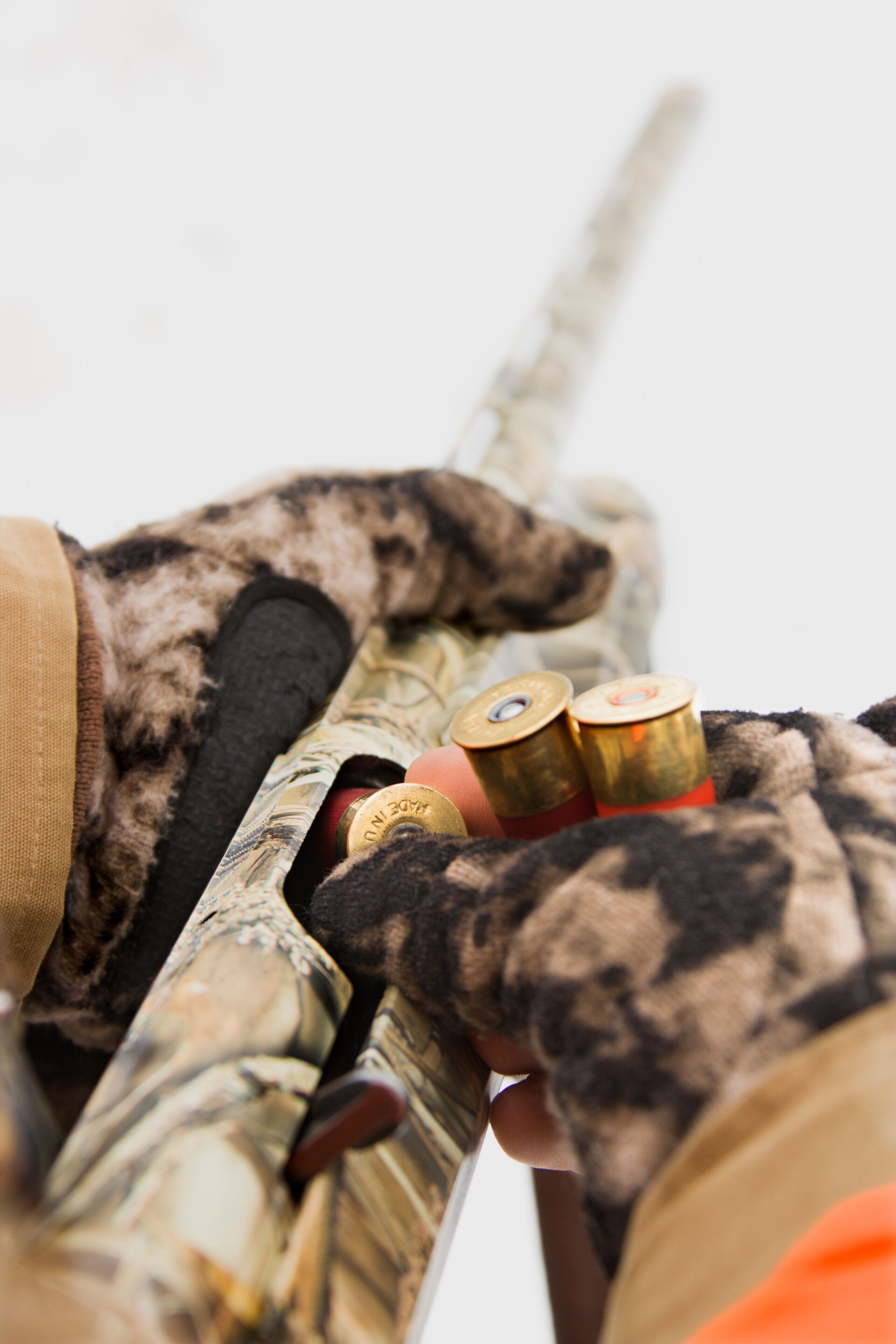
Make Sure You Have the Right Gear
Let's do a quick rundown of essential gear for duck hunters.
Shotguns and Ammunition
The right gun is the most important piece of gear for every mallard duck hunter.
The 12-gauge shotgun is popular due to its versatility and power. Magnum or 3-inch loads are a matter of preference, so be sure to try both out.
Pair your gun with a non-toxic shot to protect the environment, as federal law requires. Steel, bismuth, and tungsten are common choices for waterfowl loads.
Clothing
Staying dry and concealed is critical when mallard duck hunting. Invest in waterproof, insulated waders and camouflaged clothing to blend in with your surroundings.
It's usually cold and wet during duck season, but layering helps you stay comfortable all day.
Decoys and Calls
Decoys are essential tools for attracting mallards. Use realistic-looking decoys to create the appearance of a safe landing area.
Additionally, mastering duck calls can significantly increase your chances of drawing in mallards. Practice your quacks and feeding calls to sound as authentic as possible.
Blinds
Concealment is essential when mallard duck hunting.
A well-constructed blind can hide your movements and keep you out of sight from sharp-eyed ducks. Set up your blind in a location with good visibility and cover, such as near reeds or tall grasses.
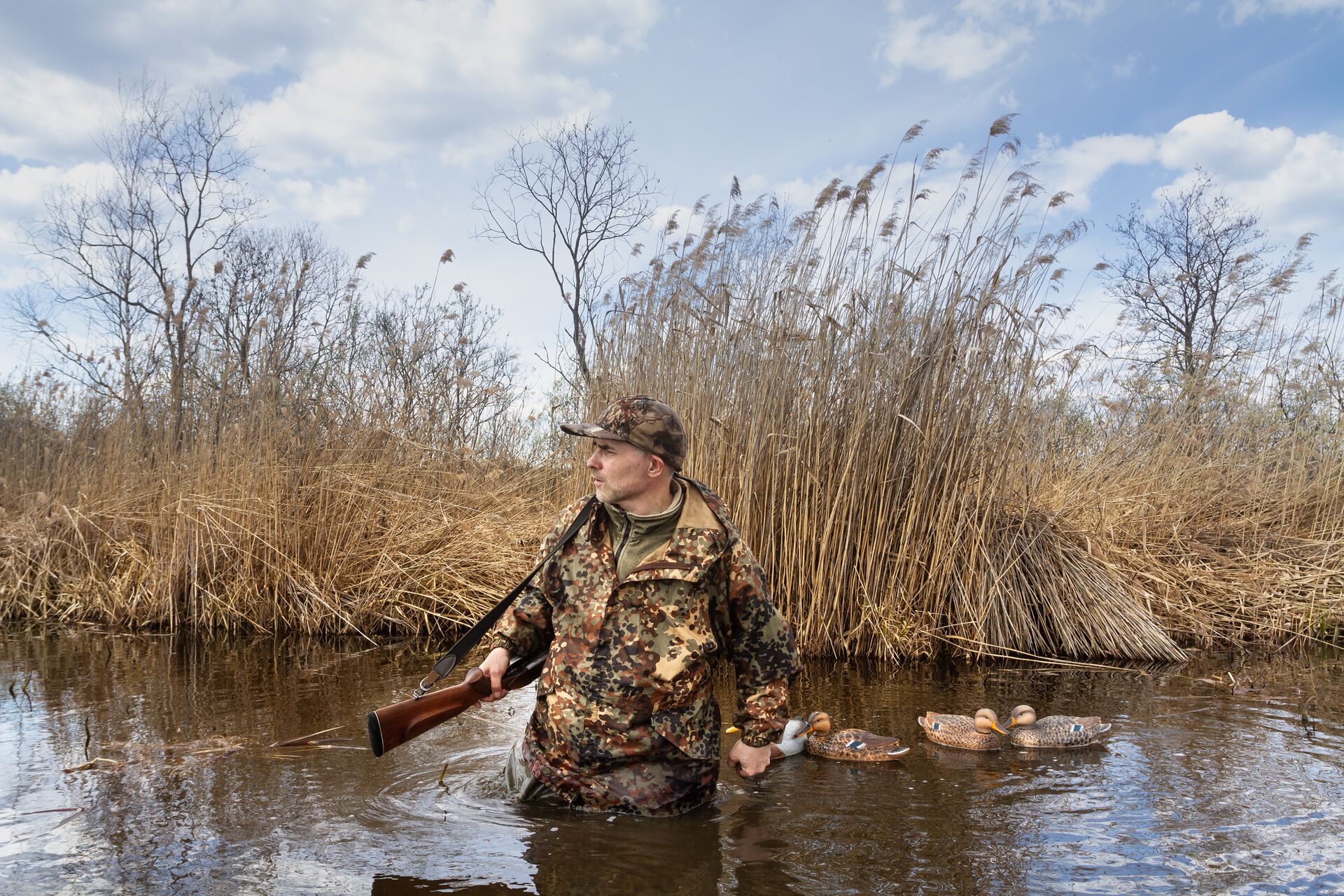
Scouting and Location
Locating the perfect hunting spot is the secret to being successful while mallard duck hunting.
Finding the Right Spot
You need to know what ducks eat in your area, so do your local research, then learn to ID those plants. If you find the food, you'll find the best hunting. You can also use a hunting app like HuntWise to scout based on weather and real-time animal movements in your area.
Additionally, early morning and late afternoon are often the best times to scout. Ducks are more active during these periods, so finding the flight path to and from the food is easier.
Water Conditions
Water depth and conditions can significantly influence your success. Mallards prefer shallow waters where they can easily feed on aquatic plants and insects.
Also, pay attention to weather patterns. Wind and overcast skies can improve hunting conditions by making ducks feel more secure when flying low.
Pre-season Scouting
Scouting before the season begins is the best way to learn where mallards will likely gather. Look for signs such as feeding areas, droppings, and feathers.
Time spent scouting can save you from frustration during the actual hunt because you'll already know where to set up.
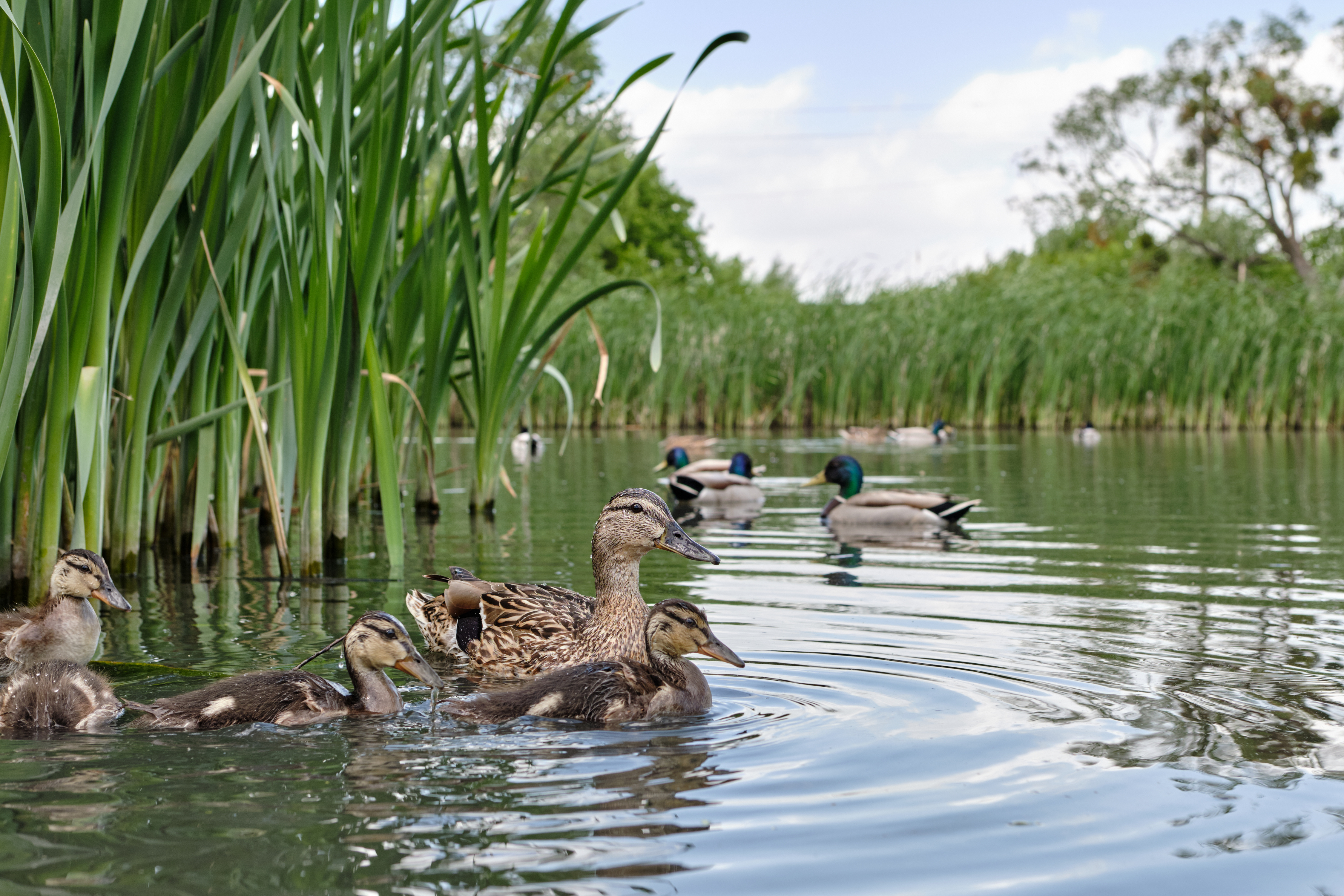
Safety and Ethics
Safe, ethical hunting is a longstanding tradition for duck hunters. Here are a few things to keep in mind as you head out for your mallard duck hunt.
Understand Good Gun Safety
Always point your gun in a safe direction, and keep it unloaded until you're ready to hunt.
Pay attention when you're in a boat or crowded blind. A safety-conscious approach prevents accidents and builds a good routine.
Practice Ethical Hunting
Responsible hunting is about more than just following the law. Ethical hunting practices include taking clean, responsible shots to ensure a quick and humane kill.
Respecting bag limits and not overharvesting helps maintain healthy mallard populations for future generations. Leave the environment as you found it, picking up spent shells and other litter.
Bring the Right Safety Gear
Always wear a life vest while hunting out of a duck boat. Cold or rough waters can put even the best swimmers at risk of drowning.
Also, bring a first-aid kit and keep your phone in a waterproof case for emergencies.
Training and Practice
Practice makes perfect, and that is especially true when hunting mallards.
To improve your accuracy, practice skeet shooting during the off-season. Frequent practice will prepare you for real-world scenarios where quick shots are necessary.
If you hunt ducks with a dog, be sure your dog is well-trained for retrieving in water and cold conditions. Dogs must be responsive to commands to safely retrieve ducks without disrupting the hunt.
Then, experimenting with different decoy patterns can improve your chances of success. Location matters, so practice setting up decoys in various configurations to determine what works best for your area.
Weather Considerations
Weather is unpredictable, but knowing what's coming can give you the edge you need.
Watch Weather Patterns
Weather plays a significant role in mallard duck behavior.
Ducks are more likely to move and feed in certain weather conditions, such as overcast skies or light rain, because they feel secure. Knowing the forecast will be important as the hunt approaches.
As mentioned earlier, mallard duck hunting often occurs in cold and wet conditions, so be prepared. Dress in layers, starting with moisture-wicking base layers, followed by insulating layers, and topped off with waterproof outerwear. Use insulated waders and boots.

Put Safety First When Hunting Mallard Ducks
Mallard duck hunting is a rewarding and challenging pursuit that requires careful planning and preparation. To become a better hunter, you must understand mallard behavior, ensure you have the right gear, and practice safety.
Additionally, supplementing your education with a hunter safety course through Hunter-Ed is a fun way to get the skills to hunt mallards safely and effectively. Plus, when you complete your course and pass the exam, you meet your state's requirements for hunter education to get your hunting license.
We hope you're excited for waterfowl season! Get ready by choosing the course for your state and putting safety first.

We mentioned scouting for the best locations to hunt ducks, so did you know that hunters who complete the Hunter-Ed course get 30 days of the HuntWise app for free?
What better way to use your hunting learning than with the best hunting app for mapping, marking, planning, and understanding weather, wind, and animal behavior? It's a combination made for success!
To take advantage of this offer, log in to your Hunter-Ed account.

